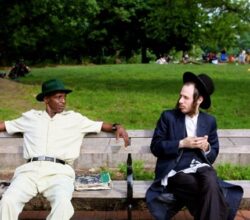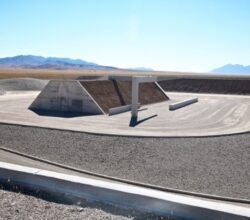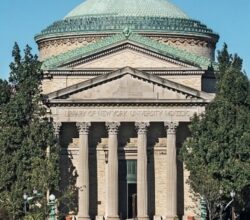
Keep Looking
Clifford Thompson | Commonweal | 15th August 2022
Shabazz claims that humility is essential for his work. His decades-long subject is the people he encounters on New York’s streets, people who are the “center of the photograph but not of the world in which the picture is taken”. Politics gets scant attention. Mostly, we see past fashions, old makes of cars, or passing acts of tenderness, evidence of people “acting out the story of being themselves”. Collectively, Shabazz has produced an “archive” of New York’s street culture. Images are here.



